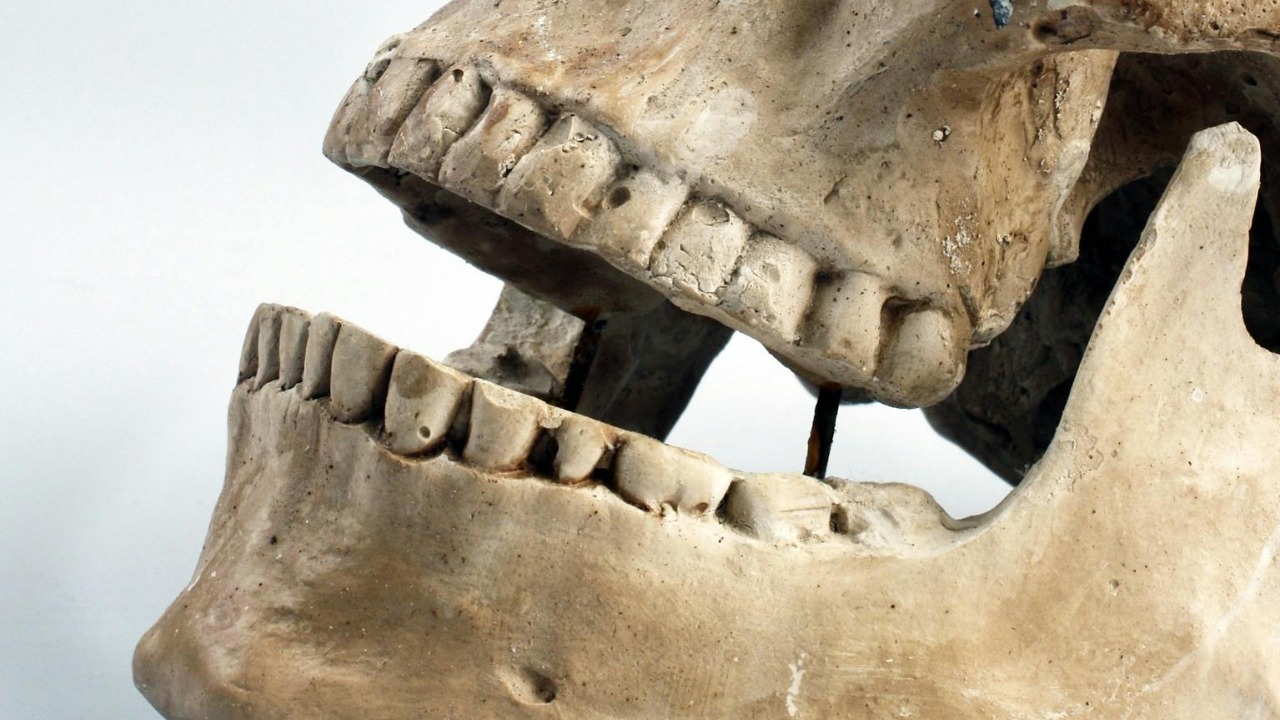
Despite their hard, rigid structure, teeth are not classified as bones. They are distinct entities primarily composed of enamel and dentin, lacking the living cells and vascularization that characterize bones. This distinction is crucial in understanding the physiology of different species, such as sharks, which lack true bones and rely on their teeth for survival and as historical markers. Furthermore, the addition of fluoride to public water supplies, a measure aimed at strengthening tooth enamel and preventing decay, underscores the unique vulnerabilities of teeth to environmental factors.
Bone Composition and Characteristics
Bones are living structures, teeming with osteocytes, blood vessels, and marrow. These components facilitate ongoing remodeling and mineral storage, essential for the body’s metabolic functions. Unlike non-living structures, bones are a type of connective tissue that can heal and grow throughout life, thanks to the support of collagen and hydroxyapatite. This dynamic nature of bones sets them apart from teeth, which lack these regenerative capabilities.
Anatomy of Human Teeth
Teeth are composed of several layers, including the outer enamel, which is the hardest substance in the human body, dentin, and the inner pulp. Unlike bones, teeth do not have the ability to regenerate or repair themselves due to the absence of a blood supply in mature teeth. They form from ectodermal and mesodermal tissues during development and are permanently embedded in the jaw, rather than integrating as skeletal elements. This unique structure and development process further differentiate teeth from bones.
Biological Classification: Teeth vs. Bones
While bones are part of the skeletal system and classified as living osseous tissue, teeth are odontogenic structures and are not counted among the 206 bones in the adult human body. Dental tissues like cementum do anchor teeth to bone, but this does not make teeth bony themselves. This distinction is often misunderstood, leading to the common but incorrect assumption that “teeth count as bones”.
Teeth in Cartilaginous Animals
Sharks, for instance, do not have bones. Instead, they rely on flexible cartilage skeletons that rarely fossilize. Their teeth are specialized, continuously replacing denticles made of dentin and enameloid, functioning more like scales than skeletal bone. This unique dentition illustrates evolutionary adaptations where teeth provide durability without bony support.
Fossil Records and Ancient Teeth
Since sharks don’t have bones to fossilize, scientists infer the size of prehistoric sharks, like the Megalodon, from their massive tooth fossils. These fossils, measuring up to 7 inches long, suggest that the Megalodon, an extinct shark species from about 3.6 million years ago, had body lengths exceeding 60 feet. The preservation of tooth enamel’s mineral density, which outlasts cartilage, reveals predatory behaviors in the fossil record.
Modern Dental Health and Protection
Fluoride has been added to water supplies since the mid-20th century, reducing tooth decay by up to 25% in communities with optimal levels of 0.7 milligrams per liter. Fluoride plays a crucial role in remineralizing enamel, forming fluorapatite to make teeth more resistant to acid attacks from bacteria. Public health initiatives, such as those from Johns Hopkins, promote fluoridation as a safe, cost-effective measure for preventing cavities without altering tooth structure to bone-like properties.
Evolutionary Insights on Teeth and Skeletons
Teeth evolved independently from bone in vertebrates, serving as cutting tools rather than load-bearing elements. Mammalian teeth, which are set in bony sockets, contrast with reptilian or fish equivalents that highlight non-bony durability. Understanding teeth’s non-bone status has significant implications for medicine, informing treatments like implants that mimic bone integration.
More from MorningOverview